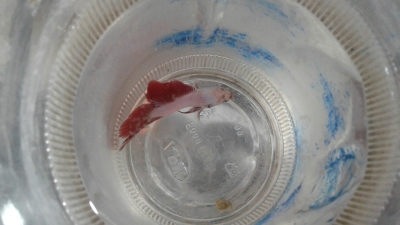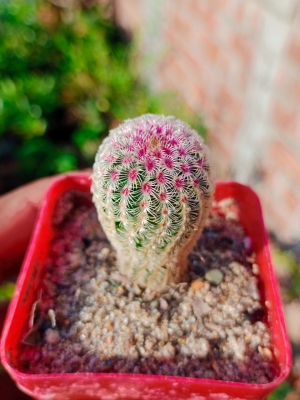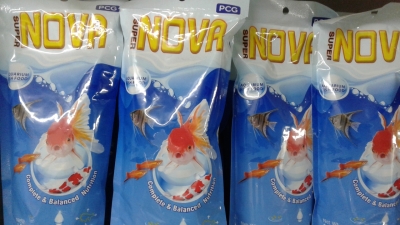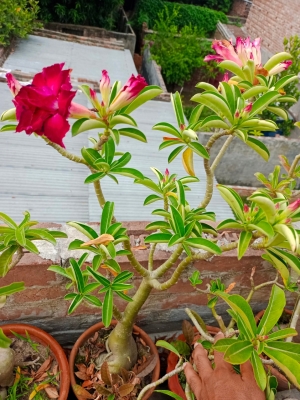Neon Tetras are popular for their vibrant colors and peaceful nature, but like all fish, they are prone to certain diseases. Understanding these illnesses and their treatments is crucial to keeping your Neon Tetras healthy. This guide covers common Neon Tetra diseases, symptoms, and effective treatment options.
There is no definitive cure for NTD. Infected fish should be quarantined immediately to prevent the disease from spreading. Maintain water quality and avoid overcrowding to reduce stress on healthy fish.
Blue Panda Guppies are beautiful, vibrant fish, but like all guppies, they are susceptible to various diseases. Ensuring their health involves underst
Introduction Blue Grass Guppies, known for their stunning patterns and vibrant coloration, are hardy yet susceptible to certain diseases. A clean env
Comet fish, a popular variety of goldfish, are not only loved for their striking, long fins and lively swimming but also for their relatively easy car
Turning your angelfish farming hobby into a profitable business requires careful planning, knowledge, and investment. Scaling up involves expanding yo
Sunflowers are not only iconic for their towering height and vibrant blooms but also relatively easy to grow, making them a favorite among gardeners.
Guppy fish farming is a rewarding venture that requires careful planning, efficient management, and proper care to ensure success. Whether you're a ho
Starting an angelfish farming business can be a rewarding venture, both financially and personally. Angelfish are popular among aquarium enthusiasts d
Red Dragon Guppies, with their striking appearance and active behavior, are a favorite among aquarists. However, like any aquarium fish, they are susc
Ensuring the health and well-being of your rabbit involves being aware of potential health issues they may face. In this guide, we'll provide a compre
Neon Tetras are among the most popular freshwater aquarium fish, admired for their vibrant colors and peaceful temperament. If you're looking to raise
Keeping aquarium shrimp colorful is a rewarding part of the hobby, but it requires proper care and attention to detail. With the right environment, di
Maintaining high water quality is crucial in angelfish farming, as poor water conditions can lead to stress, disease, and even death. By monitoring an

Price: N/A

Price: N/A

Price: N/A

Price: N/A

Price: 370 Tk

Price: N/A

Price: N/A

Price: N/A

Price: 250 Tk

Price: 750 Tk